|
For me, there is nothing like pouring a glass of wine that not only sates my palate but can also conjure up sweet memories. And this quote from Coppo says it perfectly. “We like to imagine our wines leave an emotional aftertaste. This doesn’t have anything to do with its aromas or flavors, but of a sensation that awakens memories of pleasant times.” Piero Coppo founded Coppo winery in 1892 and it is one of the oldest family-run wineries in Italy spanning four generations. Piero’s philosophy was about making quality wine, not quantity. His sense of ethics, attention to detail, perfection, passion for the land and his vision for the future have been passed on from one generation to the next. Below is a photo of the four brothers representing the third generation with fourth-generation Luigi in the middle. This historic winery is located in the famous commune of Canelli, a subzone in the province of Asti in the Piedmonte region of Italy. Canelli is noted for its important role in history for being the birthplace of Italian sparkling wine made with Moscato Bianco grapes. Canelli became a UNESCO World Heritage Site in June 2014 and it is famous for its surrounding historic vineyards and intricate subterranean wine cellars called “Underground Cathedrals”. These cellars weave in and out of Canelli for about 20 miles. Part of these historical wine cellars are located at Coppo Winery and are a UNESCO World Heritage site. While visiting Coppo a few months ago, fourth-generation Luigi Coppo gave us a tour of these impressive cellars. He said, “In parts of this tunnel there are over 42 meters of dirt above us. The tunnels are ideal for storing wine because it is stable in here with constant and perfect temperature and humidity. This all-natural tunnel was built in the late 18th century with an addition in 1920 that took only one week to build”! Below is a slideshow of the Underground Cathedrals. Photo credit: Penny Weiss Coppo built their business producing sparkling wines, but by the beginning of the 20th century, their production expanded to making classic Piedmontese reds, most notably, Barbera. Piero’s son, Luigi (second generation) entered the business in the late 1940s and was responsible for restoring and modernizing the winery. He also brought with him a passion for French wine. During the 60s and 70s, the winery began importing wines from Burgundy and Champagne. Luigi’s four sons (third-generation) entered the family business between the 70s and 80s). Inspired by the great French wines that their father imported, the four brothers infused their personal style in the production of Metodo Classico sparkling wines and Chardonnay. Coppo is one of the first producers in the area to make Chardonnay, although Chardonnay and Pinot Nero have been growing in the hills around Canelli since the early 1800s. Monteriolo Chardonnay is dedicated to their father Luigi and the first vintage was introduced in 1984. Here is a bottle shot of the 2017 Monteriolo Chardonnay that I tasted while at the winery. It was exquisite! Unlike many other wineries, the third generation made it their mission to maintain the quality of Barbera over quantity and ensure that its elegant character was preserved. This brought about a change for stricter management in the vineyards, lower yields, hand harvesting and introducing barriques during maturation, making Coppo at the cutting edge of Barbera’s rebirth. These changes helped to give the wines more complexity and richness. The 1984 Barbera d’Asti Pomorosso was the first harvest, becoming the symbol of the winery. The fourth-generation, cousins Max and Luigi, are focusing on “a new style of communication”, called the Internet! By engaging the younger generation of wine lovers while blending “a lighter side of wine” with traditional values they hope to introduce their palates to affordable and quality wine. Today, the major part of Coppo production is focused on Barbera, Metodo Classico sparkling wines, Chardonnay and Moscato d’Asti. Coppo also makes classic DOCG Piedmontese wines such as Gavi and Barolo. It is interesting to note that due to the winery’s historical importance, they have been granted permission to make Barolo outside of its zone of production. The Coppo estate covers over 52 hectares of vineyards with the heart of productive vineyards in Monferrato in Southern Piedmont. Here is where Moscato Bianco and Pinot Nero are grown. Barbera grapes are grown in Agliano Terme and Castelnuovo Calcea located in the heart of the subzone, Nizza. Coppo also manages the estate La Rocca situated in Monterotondi di Gavi, where the Cortese grapes are grown. As stated by Coppo, “Since 2001, Coppo winery has followed an official protocol for integrated agriculture that sustains farming practices with low environmental impact. The winery goes above and beyond the regulations, and for several years now has decided to follow agricultural methods in the spirit of organic and biodynamic agriculture, while not being officially certified.” I asked Luigi how climate change might be affecting vineyards and production. His reply, “Climate change exists and of course, it is impacting our vineyards and production. What we are experiencing in the last years is an anticipated ripeness of our grapes, which means an anticipated harvest. It does not mean this is worse or better but we have to follow nature. We are experiencing higher temperatures now and that means higher alcohol. But please consider alcohol is not a problem if the wine is well balanced. For some specific varieties such as Barbera, we cannot control or decide what is the right amount of alcohol because we have to manage the acidity and so we have to pick the grape when the grape is ripe. We can pick grapes earlier but it won’t work out well.” I asked Luigi what the biggest challenge Coppo might be facing in the vineyards. He responded, “There is not a specific challenge. According to my father and uncles stories back in the day, the harvest season was more or less predictable. Today it is different and we have to “react” quickly. Every day is different and every harvest (thank god) is different too.” Upon my return home from visiting the Coppo estate, I received six bottles of their wines. The wines transported me back to Canelli “awakening memories of a special time.” These wines are all gems and worthy of review. Coppo Moncalvina Moscato D’Asti DOCG 2018 This wine is made with 100% Moscato Bianco di Canelli. It is a light, sweet wine with floral and stone fruit aromas that transcend to the palate. It has a natural light fizziness and is very refreshing. Alcohol: 5% SRP: $15 Coppo Costebianche Chardonnay 2017 This is 100% Chardonnay that is harvested from Piemonte DOC appellation. 20% of the must is fermented and aged on fine lees in French oak barrels of 2nd and 3rd-year use. This is a delightfully fresh and fragrant wine with notes of floral, stone fruit, apple and a hint of lemon. Alcohol: 12.5% SRP: $20 Coppo La Rocca Gavi DOCG 2018 Gavi is a classic white Piedmontese wine made with 100% Cortese grapes. Cortese is one of the region’s oldest native grapes. The Tenuta La Rocca vineyard has marly calcareous soils that contribute to the wine’s mineral complexity. Fresh aromas of citrus, peach and pineapple lead to a palate of minerality, grapefruit, green apple, honeysuckle and a nice balance of fresh acidity. Alcohol: 13% SRP: $20 Coppo L’Avvocata Barbera D’Asti DOCG 2018 This wine is made with 100% Barbera. Wonderful aromas of juicy red berries and spice tickle the nose with a palate full of lively acidity, cherry, berries, pomegranate, spice and a hint of nutmeg. Raspberry and spice linger on a long finish. Alcohol: 14.5% SRP: $17 Coppo Camp Du Rouss Barbera D’Asti DOCG 2016 I love the story that goes with the name of this wine. “Camp del rosso” in Italian means “the redhead’s field”. ‘Camp’ in Piedmontese means vineyard. The first owner of this vineyard was a redheaded man who was so burly, he frightened the children. However, the wine is far from frightening! It is 100% Barbera that has been aged in French oak barrels for 12 months. Intense aromas of red fruit and spice lead to a palate of sour cherry, red berries, cranberry, spice and a hint of dark chocolate. This is a well-structured wine that lingers on the palate and begs for another sip. Alcohol: 14.5% SRP: $23 Coppo Pomorosso Barbera D’Asti Nizza DOCG 2016 This wine is the most prestigious Barbera produced by Coppo. Its fame is owed to the significant part it played in the rebirth of this variety. With the release of the 2016 vintage, the wine bottle bears the new Nizza DOCG designation. This took years of collaboration to elevate the status of this vine growing region. The Coppo family along with other prominent Barbera d’Asti producers was involved in this effort and is now proud to represent this new designation. Grapes are sourced from 50 to 60-year-old vines in the Nizza DOCG appellation. The wines are aged from 14 to 18 months in French oak. This is a beautiful wine with nicely integrated tannins and acidity. Intoxicating aromas of red fruit, dark cherry, floral and baking spice segue onto the palate with dark plum, dark berries and a touch of sour cherry, pomegranate and herbs. I tasted the 2017 vintage while visiting Coppo and was reminded of how expressive this wine is. Alcohol: 15.5% SRP: $55 Every wine bottle is adorned with the symbol of a cherub. While visiting Coppo I photographed the statue, which sits on a shelf in their tasting room. I asked Luigi what its significance is. Luigi said, “This is a gift given from a sculptor to my great grandfather at the very beginning of the 20th century. It is a little angel (Cupido) trying to stop the fermentation of a bottle of sparkling wine (gran spumante). It became the logo and mascot of the winery.” Of course, I was secretly hoping that the cherub was trying to capture the aromas and essence of the sparkling wine! Although I couldn’t capture it on camera, the family motto is engraved at the cherub’s feet. “Robur et salus” (strength and health). Tasting all of these wines again was a treat for my palate. And it was wonderful to be briefly transported back to Piedmonte. Coppo definitely got it right when they said, “We like to imagine our wines leave an emotional aftertaste.” They certainly do! Until next time…
Cheers! Penina To leave a comment or if you have an inquiry, please contact me at [email protected] As you may have gleaned by now, I am a fan of sparkling wine. Whether it’s toasting a special occasion or sitting home by the fire with a book, a glass of bubbly always lifts my spirits and is a welcome treat. Not long ago I visited the Piedmont region located in northwestern Italy. The focus of my trip was to re-acquaint my taste buds with the sparkling wines as well as the still wines of Asti. The Consortium of Asti and Moscato d’Asti, DOCG was our guide on this illuminating exploration. The Moscato Bianco grape (Moscato is the Italian word for Muscat) is making a big comeback in the USA and abroad and taking its rightful place once again among the many styles of sparkling wine available on the market. And I’m here to dispel the myth that it is just a sweet wine that should only be served at the dessert table. These are highly aromatic, light, refreshing, low alcohol wines that are fun to drink, but they are also very expressive, leaving one’s palate quite satisfied. Although Moscato Bianco is grown in every Italian region, it is mainly associated with Piedmont where it is believed to have its origins dating back to the 13th century as documented in the statues of the village of Canelli, a subzone in the province of Asti. Many historic wineries are located in Canelli that include Gancia, Coppo and Contratta. In fact, it was Carlo Gancia who in 1865 created Spumante Italiano, making it the birthplace of Asti Spumante. (Spumante means ‘sparkling wine’ in Italian.) Canelli and Santo Stefano Belbo were the most important production centers and from these towns, Moscato Bianco vines were shipped worldwide. The “Consorzio per la Tutela dell’ASTI’ (Consortium for the Protection of Asti wines) was formed in 1932 to protect, develop and promote Asti DOCG and Moscato d’Asti DOCG in Italy and worldwide. Asti DOCG and Moscato d’Asti DOCG are produced in 52 communes within Piedmont. Moscato Bianco vineyards span an area of about 9,800 hectares divided among 3,700 wineries and producers. Part of the focus of the Consortium is quality control and protection against counterfeit wine. They have an impressive research lab that “promotes and coordinates specific scientific studies and innovative technologies to continuously improve the production process as a whole”. As we toured the lab we were told that due to climate change and the weather getting warmer each year they are working in the lab to find ways to compensate and adapt the vines to climate change. In addition to all this, 15 samples are taken from each vineyard to determine when grapes should be harvested. Harvest time is crucial as the sugar, acidity and aromatic components must be in perfect balance and harmony before grapes are picked. Once this is established the grapes must be handpicked immediately. With the end of World War ll, Asti Spumante became very popular in the United States as soldiers returned home with these light, sweet wines. However, with its popularity came the demand for more wine. And so bulk production ensued and quality went downhill. An abundance of poorly made Asti Spumante was exported and subsequently got a bad reputation as a low-quality sweet wine. Moscato Asti received DOCG status in 1993 and the word “Spumante” was eliminated, although you might still see “Asti Spumante” on many wine labels. Today, Asti wines are refined, not cloyingly sweet and they retain the classic aromas and flavors of the Moscato Bianco grape that include floral, a profusion of fruit such as fresh grapes, mandarin orange, peach, apricot, Meyer lemon and musk. Wine producers are more careful with production and as Luigi Coppo of Coppo Winery said, “It is time to take Moscato Bianco seriously as wine. Our objective is to transfer the aromatics of the grape to the bottle. It is known as a dessert wine, but it is made as a sparkling wine.” Canelli became a UNESCO World Heritage Site in June 2014 and is noted for its surrounding historic vineyards and intricate subterranean wine cellars called “Underground Cathedrals”. These cellars weave in and out of Canelli for about 20 miles. I had the opportunity to visit the historical wine cellars at Coppo Winery, which are a UNESCO World Heritage site and part of the Underground Cathedrals. Luigi Coppo explained, “In parts of this tunnel there are over 42 meters of dirt above us. The tunnels are ideal for storing wine because it is stable in here with constant and perfect temperature and humidity. This all-natural tunnel was built in the late 18th century with an addition in 1920 that took only one week to build”! Below is a slideshow of the Underground Cathedrals. Photo credit: Penny Weiss The Moscato Bianca grapevines are planted on hills at an average of 200 to 300 meters above sea level with some elevations that are more than 500 meters. Ancient chalky soils, microclimates and sun exposure adds character to these terroir-driven wines. The three types of DOCG Moscato wines produced are Asti Dolce DOCG, Asti Secco DOCG and Moscato D’Asti DOCG. Asti Dolce DOCG received DOCG recognition in 1993. The grape variety must be 100% Moscato Bianco with a maximum yield of 100 quintals (10 tons) of grapes per hectare. The average alcohol content is usually between 7% and 9%. This sparkling wine is a harmonious balance of sweet and acidity with classic aromas and flavors of grapes, acacia blossom, orange, honey, spice and fine and persistent foam. Asti Secco DOCG received DOCG recognition in 2017. It is the “dry” version of Asti Dolce but still retains all the classic characteristics of the grape. The grape variety must be 100% Moscato Bianco with a maximum yield of 100 quintals (10 tons) of grapes per hectare. The average alcohol content is allowed up to 11%. Typical aromas and flavors are fruity with apple, pear, lavender, sage and acacia along with fine and persistent foam. Moscato d’Asti received DOCG recognition in 1993. The grape variety must be 100% Moscato Bianco with a maximum yield of 100 quintals (10 tons) of grapes per hectare. Unlike the full sparkling Asti wines, Moscato d’Asti can be made still or less effervescent with a hint of frizzante (fizz) and is therefore not considered a sparkling wine. It has lower alcohol content and can be no more than 5.5% alcohol by law. These wines are delicate, lightly sweet and have intense musky aromas with characteristic flavors of floral, peach, apricot, sage, lemon and orange blossom. Here are just a few of the memorable wines that I tasted. Matteo Soria Bric Prima Bella Asti DOCG Extra Dry 2017 has a beautiful perlage that is fine and persistent. Fragrant aromas of floral, acacia and a hint of citrus segue onto the palate with a dry and aromatic finish. This is a perfect sparkling wine to serve with appetizers and main course. Coppo Moncalvina Moscato d’Asti Canelli DOCG 2019 is a light, sweet wine with floral and stone fruit aromas. It is fresh with floral and peach on the palate. Serve with an assortment of cheese and desserts. Alcohol: 4.81% Cascina Cerutti Surì Sandrinet Moscato d’Asti DOCG Canelli This is a delightfully fragrant wine with notes of flowers, peach and citrus. The palate offers a light effervescent mouthfeel with fresh grapes, floral and a hint of sage. This is a great wine to pair with cheese, appetizers and fruit. Alcohol: 4.83% Acquesi Asti DOCG This is a good example of an Asti Dolce wine. It is very aromatic with a palate of fresh fruit, white flowers, peaches, lemon zest and a hint of honeydew melon. It offers persistent and creamy bubbles with a lively and easy finish. Use your imagination in pairing this wine with food! Alcohol: 7% I tasted a multitude of wines while in Asti and I was impressed not only by the quality and flavor, but these are also food-friendly wines that will pair beautifully with a variety of appetizers, main courses, and desserts as well as enjoying as an aperitif. Don’t let the sweetness scare you! Be adventurous! Also, these sparkling wines are great to make cocktails with. While visiting Martini and Rossi Winery, I was served a refreshing cocktail made with Martini & Rossi Riserva Speciale Bitter Liqueur topped off with their Asti sparkling wine. Perfection! Still to come are the Brachetto D’Acqui DOCG wines, Franciacorta DOCG wines and Custoza DOCG wines. I will also be focusing on a few of the winemakers Stay tuned!
Until next time… Cheers! Penina To leave a comment or if you have an inquiry, please contact me at [email protected] |
Categories
All
|

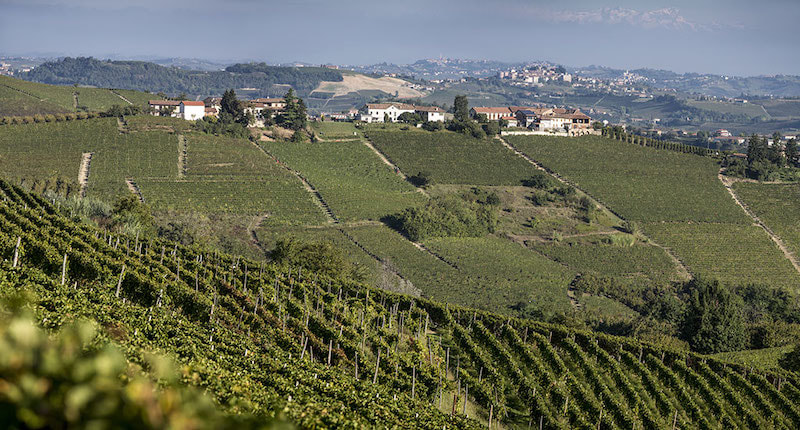
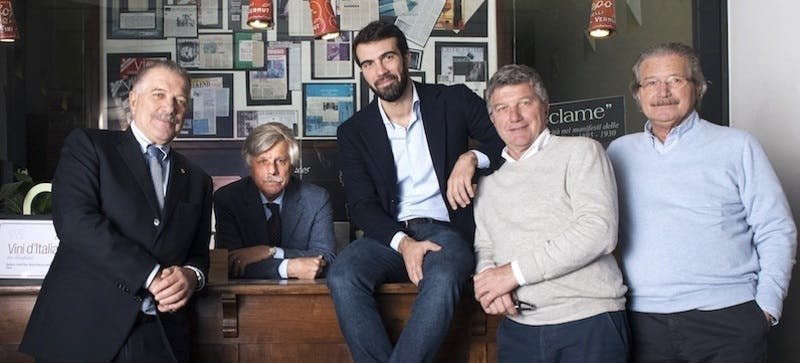
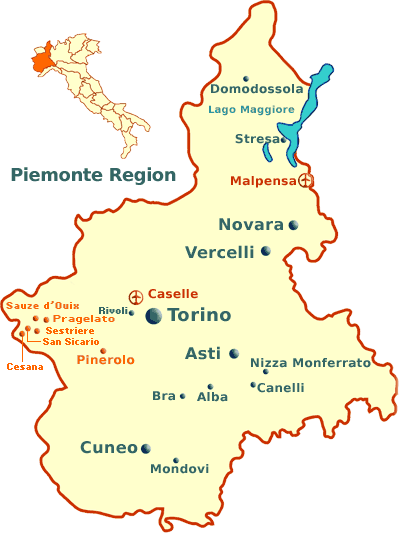
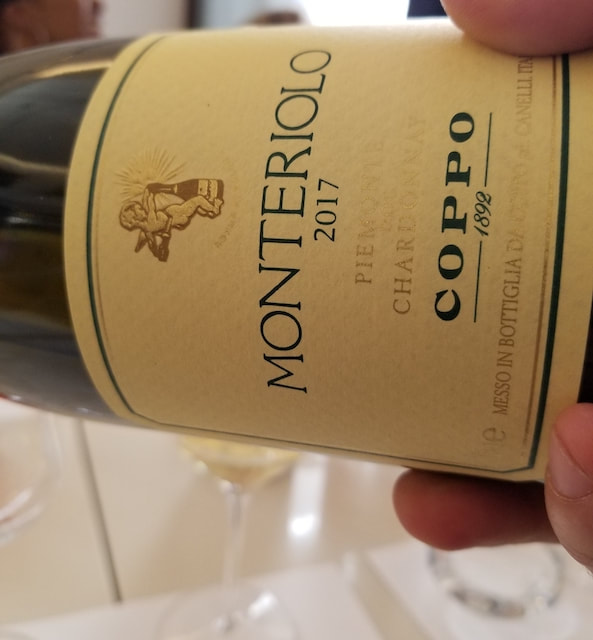
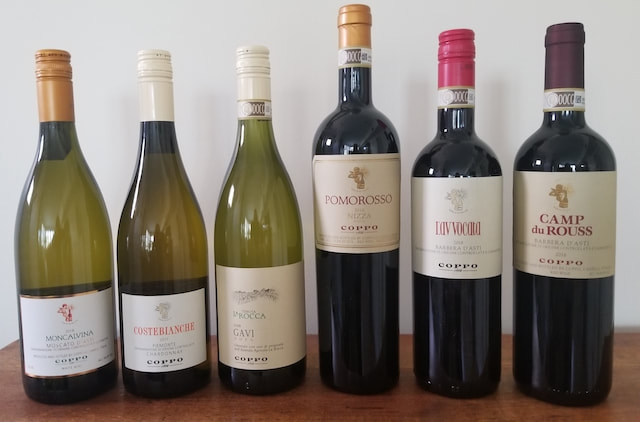
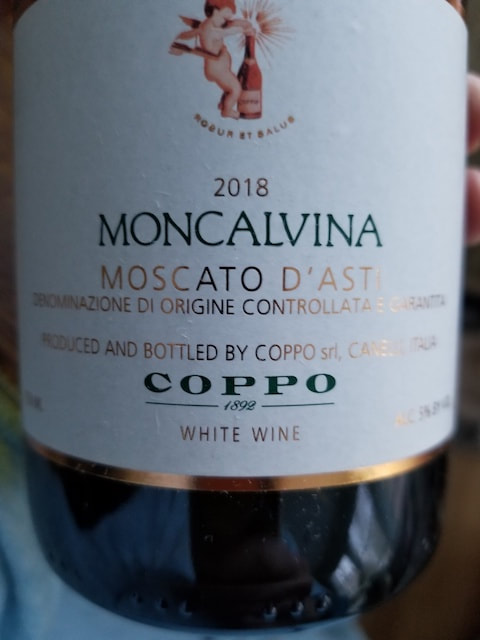
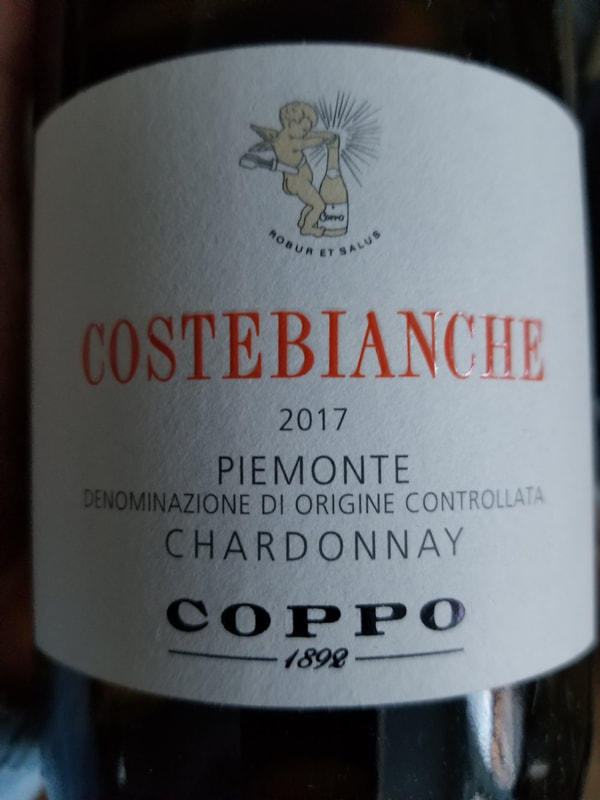
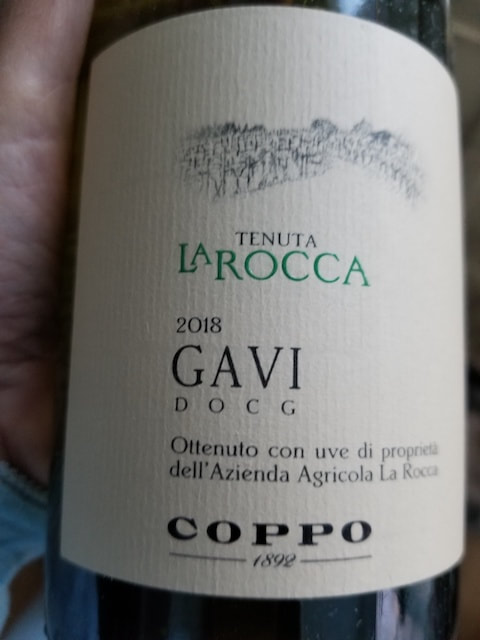
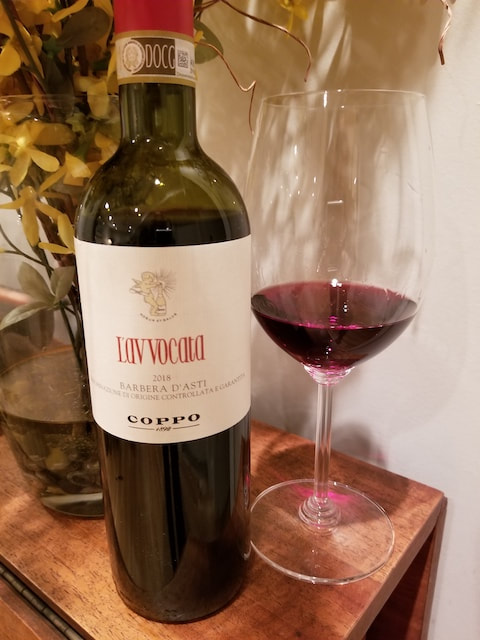
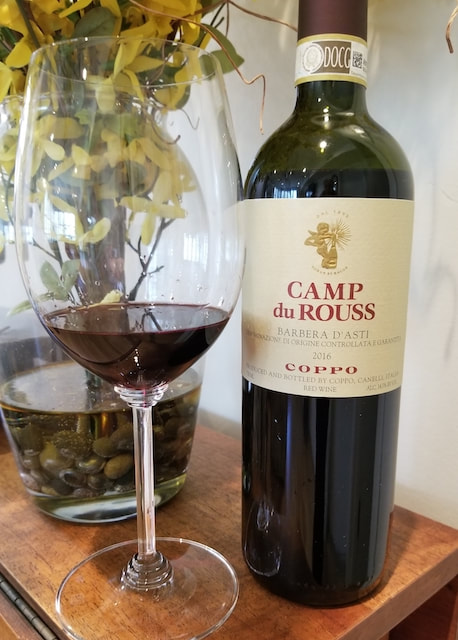
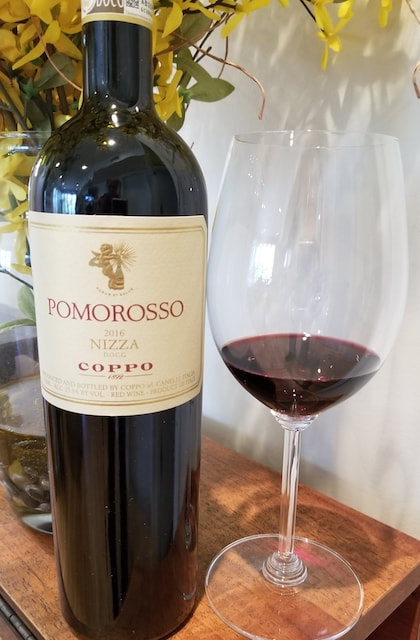
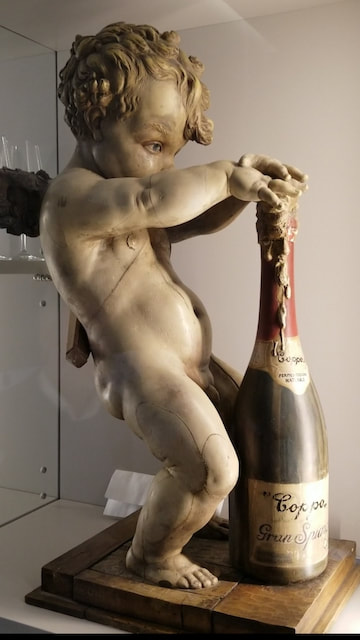
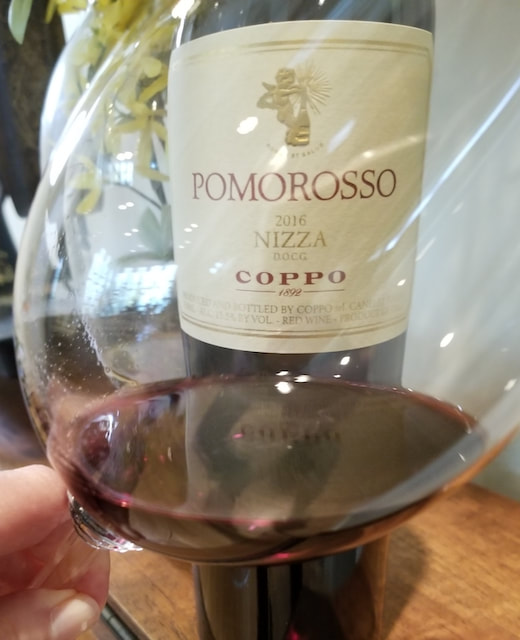
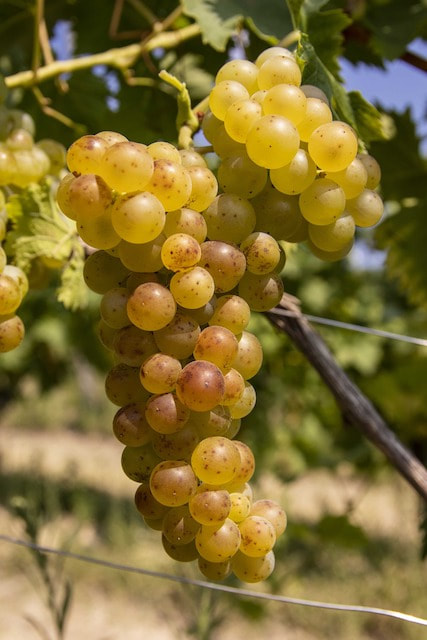
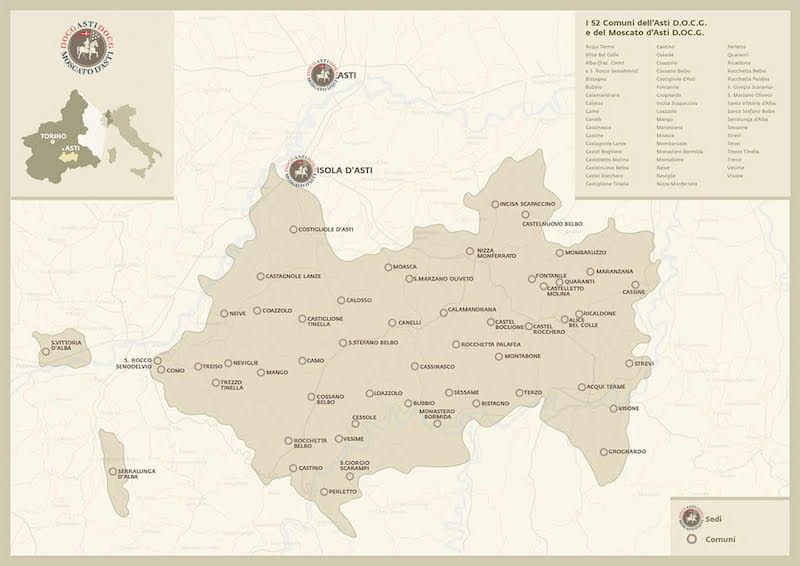
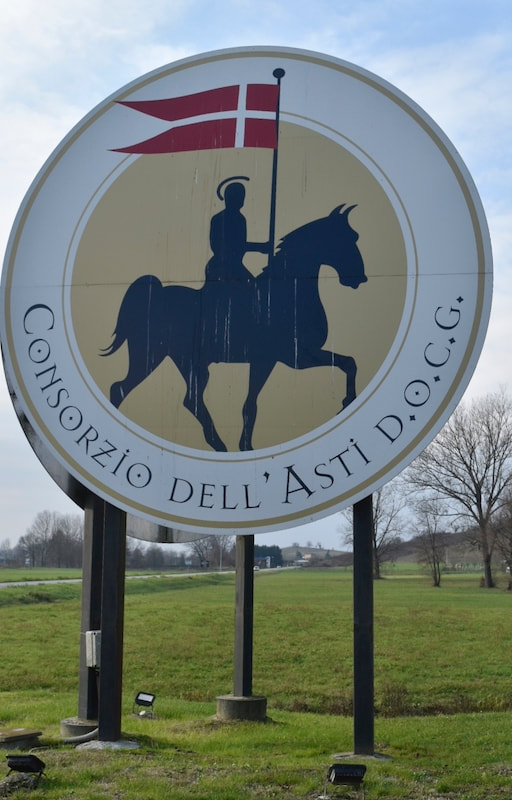
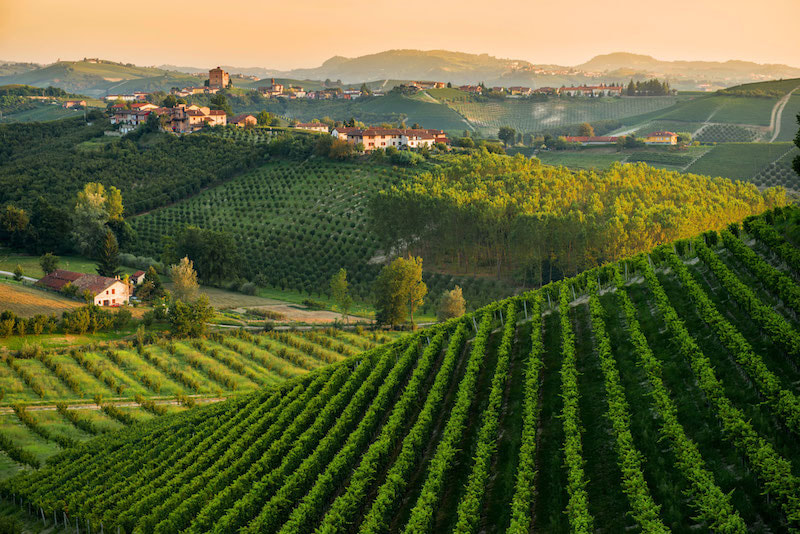
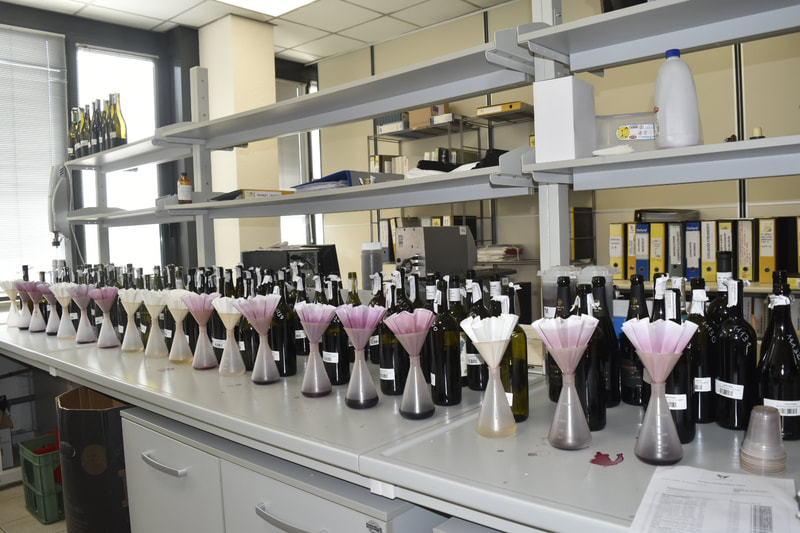
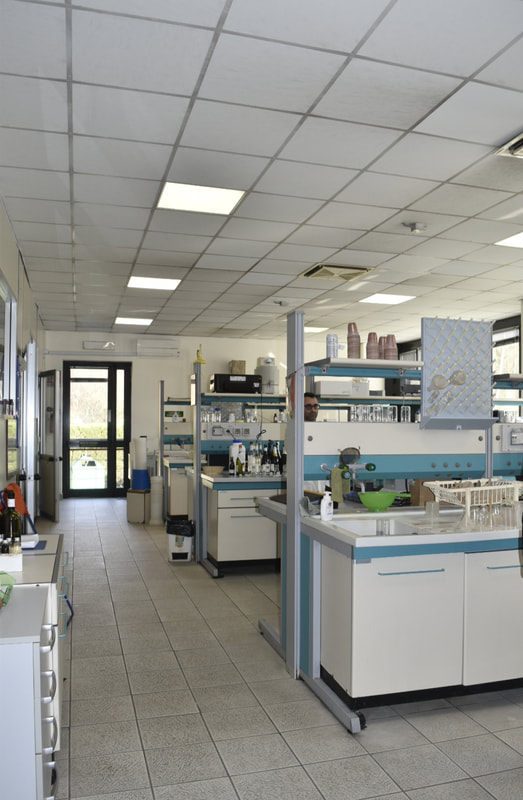
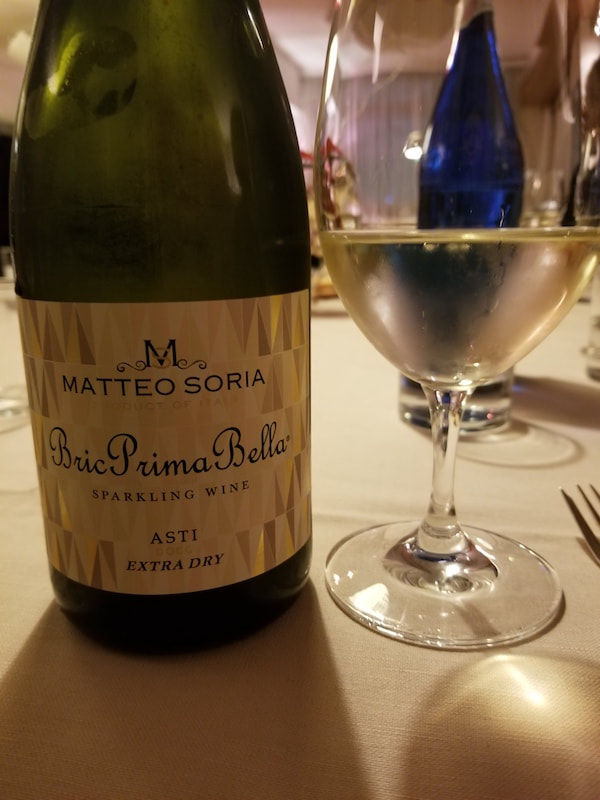

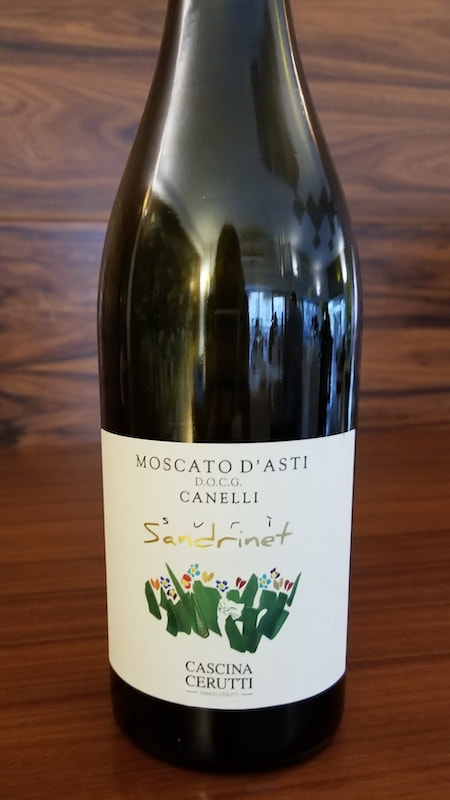
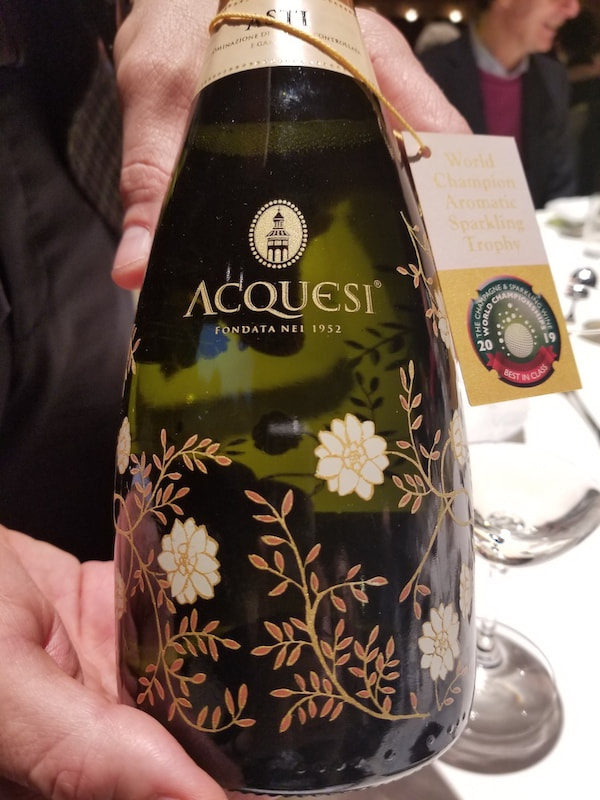
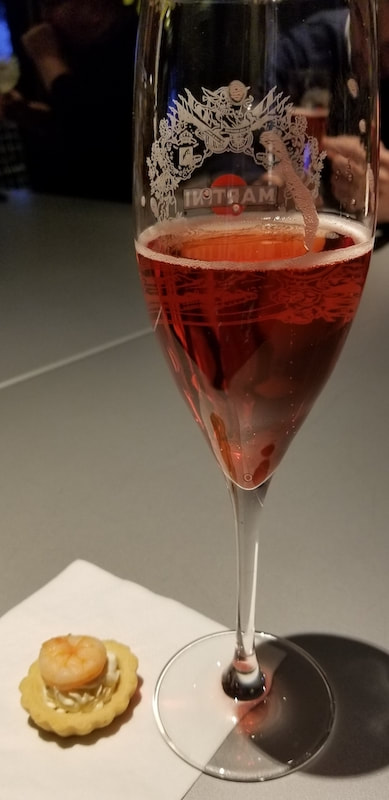
 RSS Feed
RSS Feed